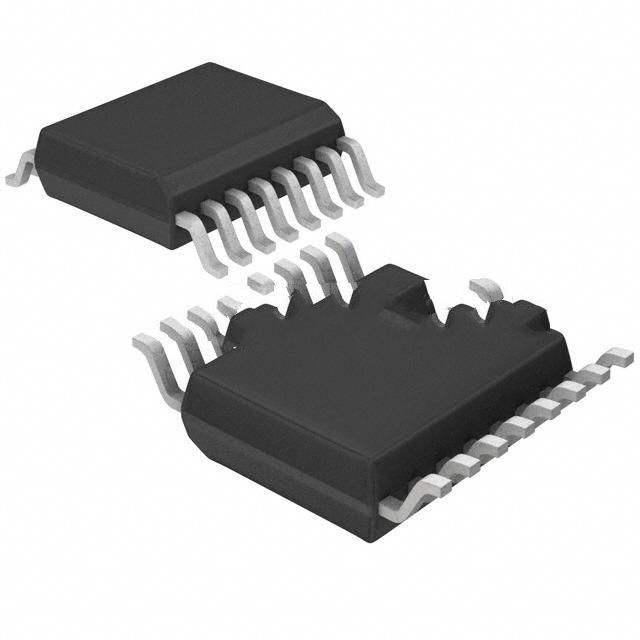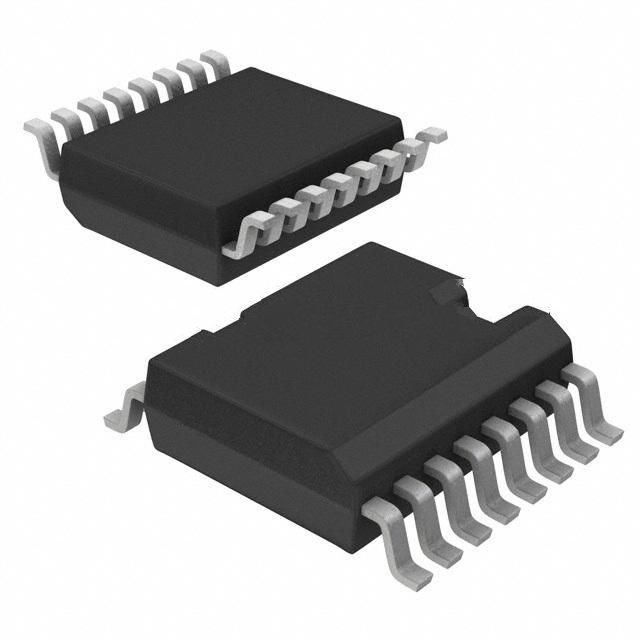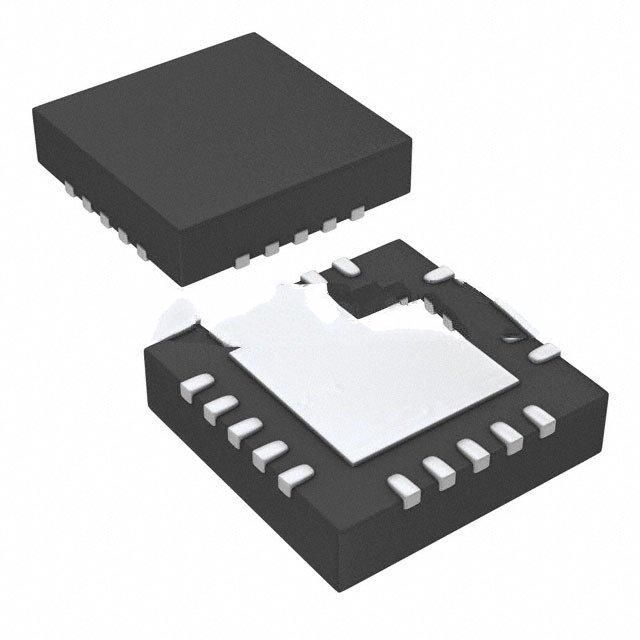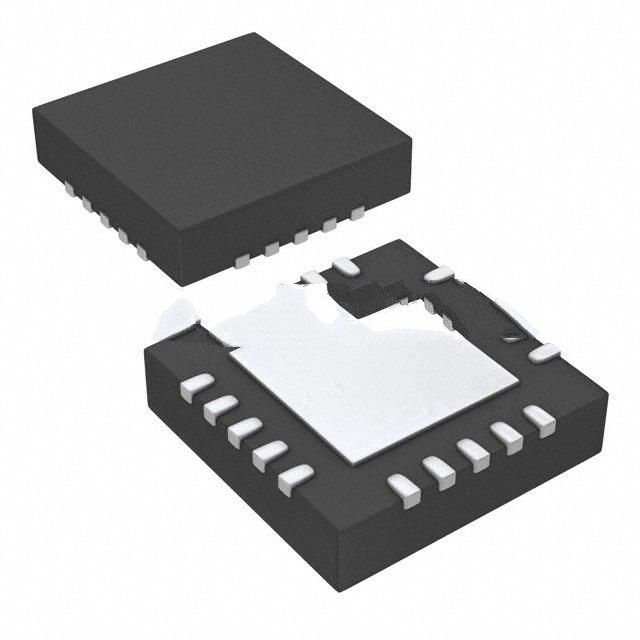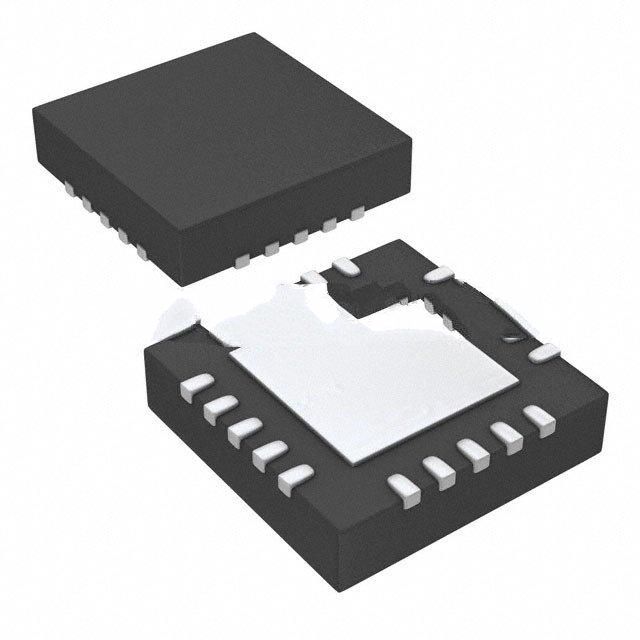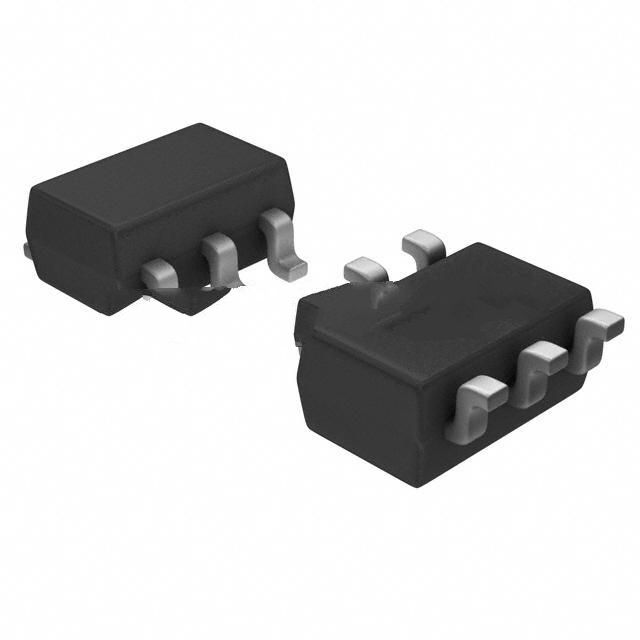Technical and electrical challenges facing vehicle electrification
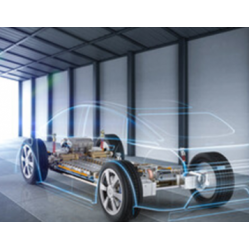
Technical and electrical challenges facing vehicle electrification
The electrification of vehicles, especially the development of electric vehicles, faces multiple power challenges. These challenges can be mainly analyzed from the following aspects:
Construction of charging infrastructure: As the number of electric vehicles increases, the demand for charging stations and charging piles increases dramatically. Building enough charging facilities, and ensuring they are evenly distributed across urban and rural areas, is a major challenge.
Grid load management: The charging needs of large numbers of electric vehicles can put significant stress on the grid. During peak hours, centralized charging of EVs can lead to overloading of the grid, thus requiring smart grid management and demand response mechanisms to balance the load.
Sustainability of energy supply: To ensure the positive impact of electric vehicles on the environment, sufficient electricity needs to be obtained from renewable energy sources (such as solar, wind). This requires the energy industry to accelerate its transition to renewable energy.
Battery Technology and Cost: The performance and cost of an electric vehicle depend largely on its battery. Improving the energy density of batteries, reducing costs, and ensuring the long-term stability and safety of batteries are technical challenges facing the electric vehicle industry.
Recycling and waste management: As the number of electric vehicles increases, battery recycling and waste disposal also become an important issue. Developing effective battery recycling technologies and methods to reduce environmental pollution and resource waste is another important issue that the industry needs to solve.
Policy and regulatory framework: Governments and regulatory agencies need to develop appropriate policies and regulations to support the development of electric vehicles while ensuring public safety and interests. This includes subsidy policies, emission standards and safety regulations.
Consumer acceptance: The popularity of electric vehicles is also limited by consumer acceptance. Improving the performance of electric vehicles, reducing costs, and increasing public awareness and acceptance of electric vehicles through education and publicity are the keys to promoting the popularity of electric vehicles.
Passenger cars currently account for a large portion of global CO2 emissions. Electric vehicles are therefore expected to play a key role in helping the world achieve climate change energy neutrality goals by 2050.
Efficient electric vehicle (EV) design requires careful analysis of propulsion technology. Technological innovation is helping electric vehicles become more convenient, safer and more energy-efficient, making sustainable transportation a more tangible reality. As the world moves toward vehicle electrification, semiconductors enable automakers to optimize performance, accelerate development and make electric vehicles (EVs) affordable to more people. The need to reduce emissions, reduce weight and improve efficiency is driving advances in electric vehicle and powertrain design to help drivers spend more time on the road. .
Electric vehicle (EV) featured applications:
HEV/EV battery management system (BMS)
Leverage continued innovation and systems expertise in battery management system (BMS) solutions to drive global adoption of electric vehicles
HEV/EV DC/DC converter
Design smaller, more efficient, safer DC/DC converter systems
HEV/EV inverter and motor control
Maximize your driving range with leading performance and the most reliable inverter and motor control system solutions
HEV/EV On-Board Chargers (OBC) and Wireless Chargers
Reduce charging times and improve safety by designing smaller, more efficient, and more reliable on-board chargers
Power electronic converters and components, for example, must be compact and lightweight. Therefore, the automotive and electronics industries must face some important technical challenges for the advancement of electric vehicles: ultra-fast charging or when moving, advanced battery technology, energy conversion systems, etc.
Charging electric vehicles with fast charging
Fast charging stations are crucial to ensuring electric vehicles charge faster. One of the most important goals for the automotive industry today is ultra-fast charging with charging capacities reaching hundreds of kilowatts. Many electric vehicle owners wonder if they can easily and quickly charge their electric vehicles at home, in the garage overnight, or when traveling long distances. The key to faster charging without compromising battery health is to consistently deliver optimal voltage and current to each cell.
The latest onboard charger solutions speed up charging and ensure the charger can deliver power at the highest current and voltage each battery cell can handle instantly, avoiding overcharging or overheating conditions that can shorten battery life and capacity. In the future, we will be able to charge 800V batteries in less than two hours from a wallbox DC charger in the comfort of our own homes.
Some manufacturers are developing technology that can recharge in minutes. One aspect that cannot be ignored is bidirectional charging, which is achieved through semiconductor technology. Bidirectional charging is making vehicle-to-grid, vehicle-to-vehicle and vehicle-to-infrastructure connections a reality. Planning and managing peak demand through off-board charging via fast charging stations (FCS) may be key to reducing the impact of electric vehicles on the grid. In these solutions, solid-state transformers (SSTs) are often used to allow for smaller isolation and direct connection to the 12.4kV grid. Meanwhile, stationary battery systems can meet demand.
Long-range electric vehicles with more powerful batteries will require larger charging stations to speed up charging times. Simplifying the use of FCS can easily increase the demand for electric vehicles, thereby reducing the investment and management costs of electric vehicles. However, it should be kept in mind that the expansion and implementation of many modular and scalable FCS for charging electric vehicle fleets may exacerbate the negative impact on the distribution network, as the number of charging stations increases and vehicles can be charged simultaneously . On the other hand, modular architectures equipped with integrated battery storage systems can meet the requirements of scalability, modularity, efficiency and low cost because they can flexibly utilize energy from local distributed generation such as photovoltaic panels (PV). roof, maximizing efficient use of available energy and minimizing negative impact on the grid.
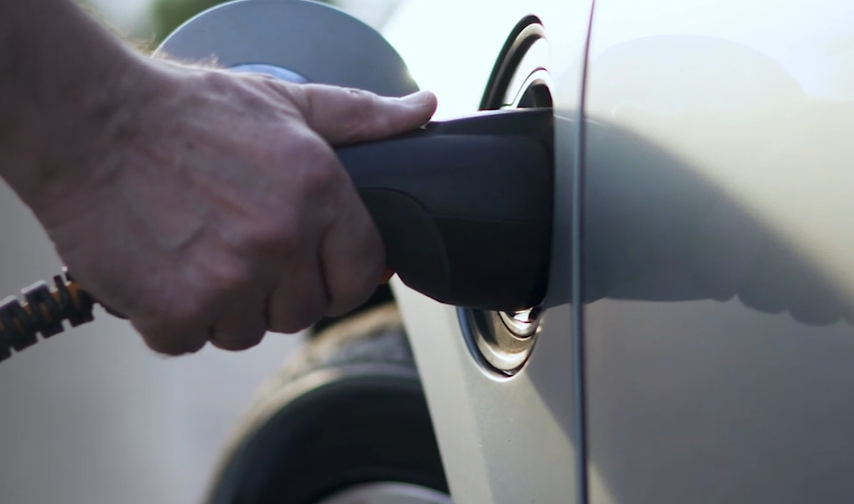
Conclusion and development prospects
The new technology trend of vehicle electrification will enable the automotive industry to redesign vehicle systems for different models and future generations of vehicles. Electric vehicles are characterized by little or no access to the grid. Therefore, their operation must last for a long time. There are other stringent requirements for electric vehicles in terms of charging efficiency and speed. In this sense, the semiconductor industry is driving innovation through cost-effective materials and advanced technologies that enable lower-cost, safer, and more efficient vehicles. Battery depletion remains a major concern for end users when purchasing electric vehicles. The instruments developed by BMS can accurately measure the true driving range of electric vehicles, making operation safer and more reliable. Hybrid energy storage technologies can accelerate the full electrification of mobile energy systems, enabling longer duty cycles, longer service life, and faster response to transient conditions.
On-board chargers need to have low power ratings to achieve lightweight designs. However, this also results in longer vehicle charging times. Manufacturers are looking for new configurations that maintain lightweight designs and faster charging capabilities. The energy density of battery technology, the fast charging times of dedicated charging infrastructure and the increase in battery charge and discharge cycles, power management technology and energy storage solutions are just some of the main technical challenges and opportunities for future electric vehicles, which can be achieved in electric and hybrid vehicles. play an important role in the development of energy technology.
These challenges involve technology, policy, market and society at all levels, and their solutions require the joint efforts of the government, industry and scientific research institutions.


